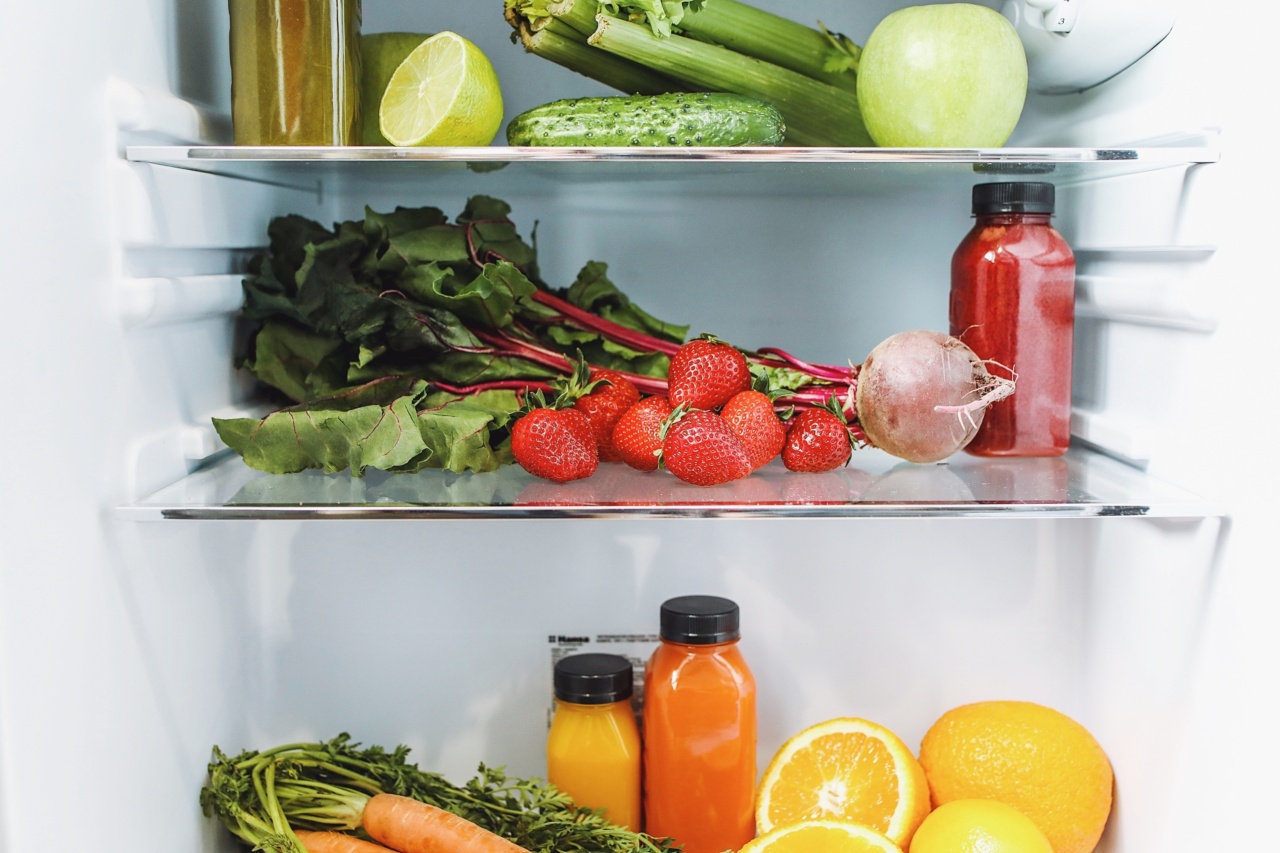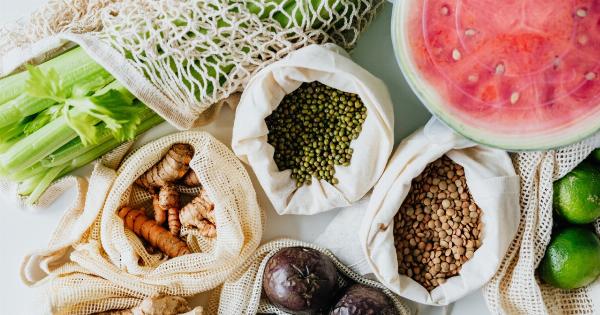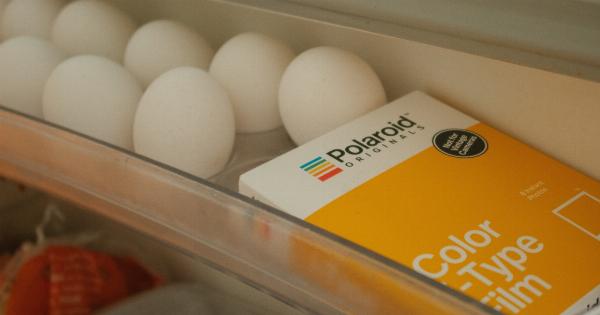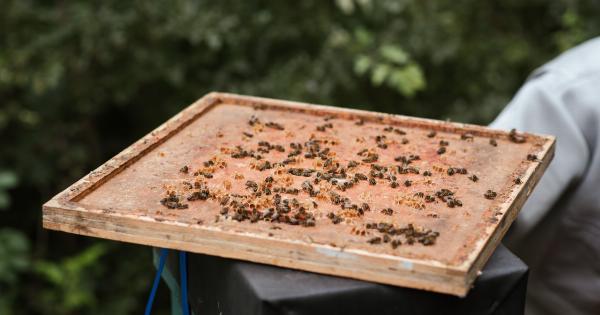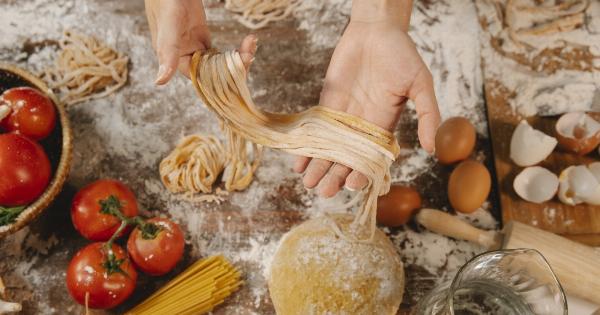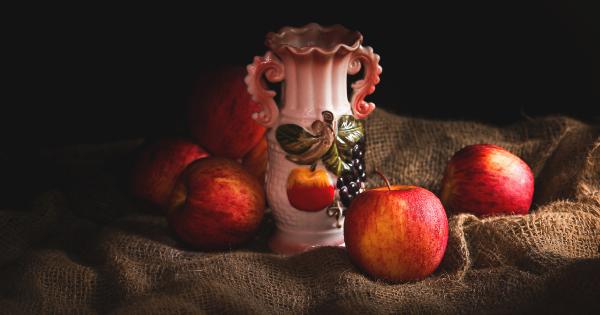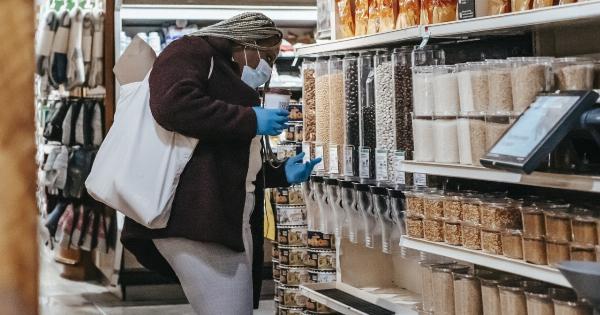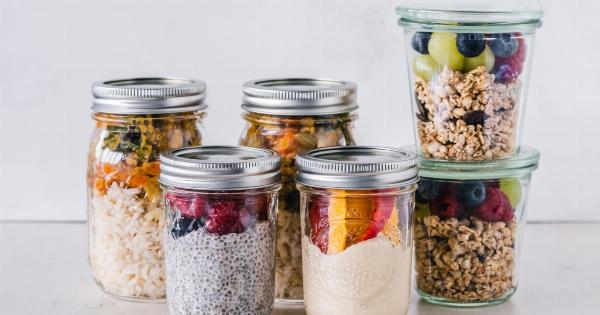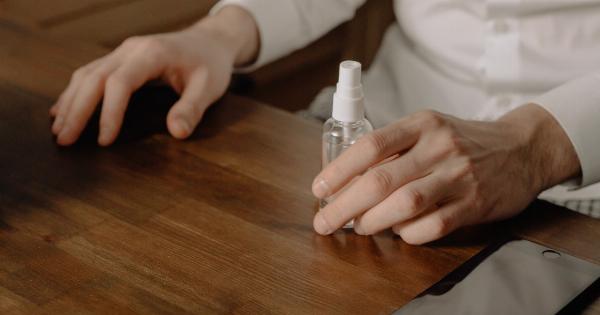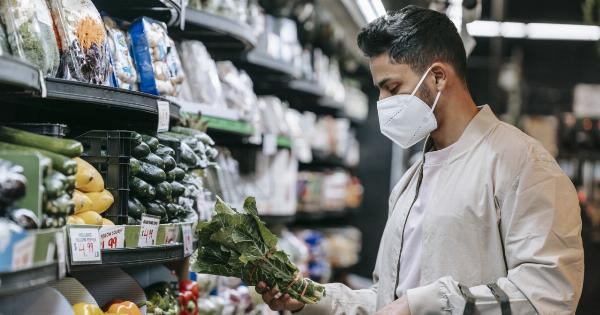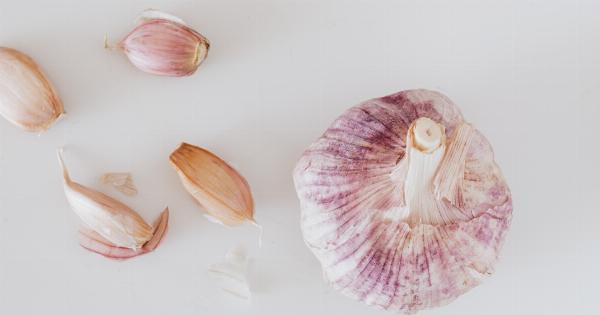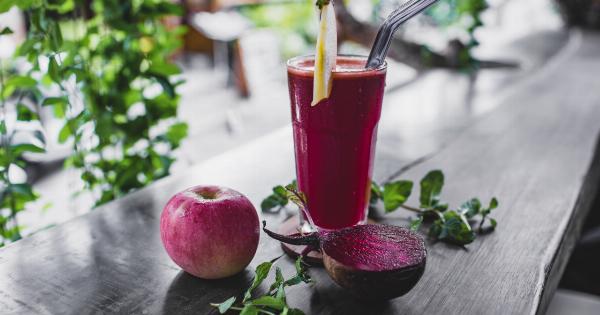When it comes to storing vegetables, most of us have a default habit of tossing them all into the refrigerator. While it may seem like a logical choice to keep your veggies fresh, not all vegetables thrive in cold temperatures.
In fact, refrigeration can cause some vegetables to lose their flavor, nutritional value, and texture. To ensure you’re getting the most out of your produce, here are 30 vegetables that should be kept away from the refrigerator:.
1. Tomatoes
Tomatoes are one of those vegetables that lose their flavor and become mealy when exposed to cold temperatures. Store them at room temperature instead to preserve their juiciness and taste. Keep them on the countertop or in a well-ventilated basket.
2. Potatoes
Refrigerating potatoes can quickly turn their starch into sugar, resulting in a gritty texture and an unpleasant taste. Instead, store them in a cool, dry place, away from direct sunlight, to prevent them from sprouting and extend their shelf life.
3. Onions
Onions don’t appreciate the moist environment typically found inside the refrigerator. The humidity can cause them to become mushy and spoil faster. Keep them in a cool, dry place with good air circulation, like a pantry or a cellar.
4. Garlic
Garlic tends to sprout quickly when exposed to cold temperatures. Refrigeration can also cause garlic to become rubbery and lose some of its potent flavor.
Store garlic bulbs in a dry and well-ventilated place, like a countertop or pantry, away from direct sunlight.
5. Winter Squash
Winter squash, such as butternut squash and acorn squash, are quite hardy and can last for several weeks when stored properly. However, refrigerating them can cause the flesh to become stringy and watery.
Store them in a cool, dark place, like a cellar or pantry.
6. Sweet Potatoes
Refrigerated sweet potatoes can develop a hard core and an unpleasant taste. Instead, keep them in a cool, dry place, away from direct sunlight, to maintain their sweetness and texture.
7. Avocados
Ripe avocados should be kept at room temperature until they are soft enough to eat. Placing them in the refrigerator can slow down the ripening process, but it can also give them a rubbery texture and dull their flavor.
Once ripe, you can store avocados in the refrigerator for a few days.
8. Cucumbers
Even though cucumbers are often stored in the refrigerator, they can actually suffer from cold injuries at temperatures below 50°F (10°C). Cool storage is fine, but avoid refrigerating them for extended periods.
They are best stored in a cool, dry place, away from ethylene-producing fruits.
9. Bell Peppers
Bell peppers lose their crunchiness and become wrinkled if exposed to cold temperatures. They are best kept out of the refrigerator, preferably in a cool and well-ventilated area, such as a pantry or a countertop.
10. Hot Peppers
Hot peppers, such as jalapeños or chili peppers, are usually fine when kept at room temperature. However, refrigeration can make them soft and limp. If you can’t consume them within a few days, you can freeze them for future use.
11. Eggplant
Eggplants are sensitive to low temperatures, and refrigerating them can cause browning, loss of firmness, and an altered taste. Instead, store them in a cool place, like a pantry or a countertop, for up to a week.
12. Basil
Basil is highly sensitive to chilling injury, which results in brown spots and wilting. Keep basil fresh by placing it in a glass of water on your kitchen counter, similar to a bouquet of flowers. Change the water every few days.
13. Zucchini
Zucchini tends to become mushy and lose its flavor when refrigerated for too long. Store them in a cool, dry place, and if you have excess zucchini that you can’t use in time, consider freezing it for later use.
14. Pineapple
Pineapple is a tropical fruit that should be kept at room temperature until it’s ripe. Refrigeration can halt the ripening process and lead to a bland taste and a dry texture. Once ripe, you can store it in the refrigerator for a couple of days.
15. Mango
Mangoes, like pineapples, need warmth to ripen and develop their characteristic sweetness. Cold temperatures can cause them to become mushy and lose their flavor. Store unripe mangoes at room temperature until they are ready to eat.
16. Bananas
Refrigerating bananas can turn their skin brown, but it doesn’t necessarily impact their taste. However, the cold temperature can disrupt the ripening process, making them take longer to ripen.
Keep them at room temperature until they reach your preferred degree of ripeness.
17. Melons
Once a melon, such as cantaloupe or watermelon, is cut, it should be refrigerated to prevent spoilage. However, whole melons are better off stored at room temperature. The cold environment of a refrigerator can cause them to lose flavor and become mealy.
18. Pumpkins
Pumpkins don’t fare well in cold environments, and refrigeration can accelerate their decomposition. Store pumpkins in a cool, dry area with good air circulation. Avoid storing them directly on the ground, as this can lead to rot.
19. Sweet Corn
Sweet corn starts to lose its sweetness as soon as it’s harvested. Refrigeration can speed up this process, resulting in a bland taste.
It’s best to consume sweet corn as soon as possible or keep it in a cool place for a short period, like a countertop or a cool pantry.
20. Peas
Peas, whether in pods or shelled, can lose their flavor and become starchy if stored in the refrigerator for too long. Keep them in a cool place, preferably in a bag or container to prevent moisture loss.
21. Green Beans
Green beans, like peas, can easily become rubbery and lose their flavor in the refrigerator. Store them in a cool, dry place instead, such as a pantry or a vegetable drawer that’s not too cold.
22. Celery
Although many like to keep celery crisp by refrigerating it, the cold temperatures actually cause it to become rubbery. To maintain its crunchiness, wrap celery tightly in aluminum foil before storing it in the refrigerator.
23. Carrots
Refrigerated carrots can become soft and lose their natural sweetness. To keep them fresh, remove their green tops and store them in a plastic bag in the vegetable drawer of your refrigerator.
24. Beets
Beets hold up better in a cool and dark place than in the refrigerator, where they can become soft and lose their flavor. Remove any greens, place them in a perforated plastic bag, and store them in a cool pantry or cellar.
25. Radishes
Radishes tend to become soft and lose their crunch when refrigerated for an extended period. Store them in a cool and dry place, like a pantry or a root cellar, and make sure to separate the leaves from the roots to preserve their freshness.
26. Turnips
Refrigeration can cause turnips to lose their flavor and become soft. Instead, trim off the greens, store them separately, and place the turnips in a cool and dark area with good airflow.
27. Cabbage
Whole cabbages can last for weeks at room temperature without losing their freshness. If you’ve cut into a cabbage head, you can wrap the remaining portion tightly in plastic wrap and refrigerate it for a few days.
28. Cilantro
Cilantro is a delicate herb that doesn’t appreciate cold temperatures. To prolong its freshness, trim the stems, place the bunch in a glass of water, and keep it on your kitchen counter. Change the water every two to three days.
29. Spinach
Refrigerated spinach tends to wilt and become slimy quickly. For longer-term storage, blanch the spinach leaves, squeeze out any excess moisture, and freeze them in airtight containers or freezer bags.
30. Fresh Herbs (excluding cilantro)
Most fresh herbs, except cilantro, don’t benefit from refrigeration and can lose their aroma when stored at cold temperatures. Instead, place them upright in a glass of water, similar to a bouquet, and cover the leaves loosely with a plastic bag.
Store them on your kitchen counter.
